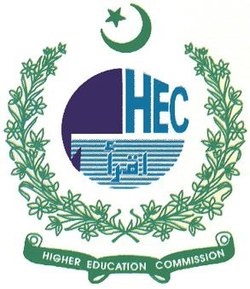Uncovering the Political, Economic and Social Aspects of Militancy in Pakistan
DOI:
https://doi.org/10.61506/01.00580Keywords:
Militancy, Political, Economic, Social FactorsAbstract
The study on the political, economic, and social aspects of militancy in Pakistan aims to explore the complex interplay of various factors that contribute to the rise and persistence of militant groups in the country. Moreover the role of political instability, weak governance, and the interplay between state and non-state actors in fostering conditions conducive to militancy. The economic dimensions of militancy are assessed in terms of poverty, unemployment, and economic inequality as root causes. The study reveal that economic deprivation, especially in underdeveloped regions like Balochistan and Khyber Pakhtunkhwa, provides fertile ground for militant ideologies. On the social front, the study depict that education, societal fragmentation, and religious extremism play significant role in rise of militancy. The study also examined the challenges posed by social marginalization, ethnic tensions, and the alienation of certain communities, which can drive individuals toward militant groups. The study concludes by emphasizing the need for a comprehensive, multi-dimensional approach to address the roots of militancy in Pakistan, involving political reform, economic development, and social cohesion to mitigate the threat posed by extremist groups.
References
Awan, S. M., & Zain, O. F. (2012). The upsurge of religious extremism: A challenge to democracy, governance and national unity in Pakistan. Pakistan Journal of Social Sciences, 32 (2), 511-520.
Azam, M. (2014). Genesis of militancy in Pakistan. Islamabad Policy Research Institute, 14(1), 102-123.
Bajoria, J. (2010). The Taliban’s Reach in Pakistan. Council on Foreign Relations.
Chaudhry, A. (2019). Women and Militancy in Pakistan: A Social Analysis. Cambridge University Press.
Firdous, K. (2009). Militancy in Pakistan. Strategic Studies, 29(2/3), 107-124
Hussain, M. (2012). Pakistan: The Political Economy of an Insecure State. Routledge.
Khan, M. (2019). Ethnic Conflict and Militancy in Pakistan: The Role of the State and Society. Oxford University Press.
Khan, W., & Wali, R. (2020). Assessing the Impact of a Comprehensive Capacity Building Program on Educational Leadership and Teaching Performance in Public and Private Sectors. Journal of Business and Economic Options, 3(3), 91-99.
Mwamba, J. (2023). Effective Leadership in Change Management: Ensuring Success in Organizational Transformation. Journal of Policy Options, 6(1), 28-38.
Niazi, S. (2020). Youth Radicalization and Extremism in Pakistan: A Review of Current Trends and Future Directions. Global Security Studies.
Ramsey, S. (2017).Pakistan and Islamic Militancy in South Asia. Vij Books India Pvt Ltd
Rashid, A. (2015). The Taliban: Militant Islam, Oil, and Fundamentalism in Central Asia. Yale University Press.
Senturk, M. (2023). Transformational Leadership and Cultural Dynamics in the Pharmaceutical Sector. Journal of Policy Options, 6(3), 1-8.
Siddiqa, A. (2007). Military Inc.: Inside Pakistan's Military Economy. Pluto Press.
Wolf, S. O. (2018). South Asia at the crossroads: Connectivity, security and sustainable development. SADF-South Asia Democratic Forum.


